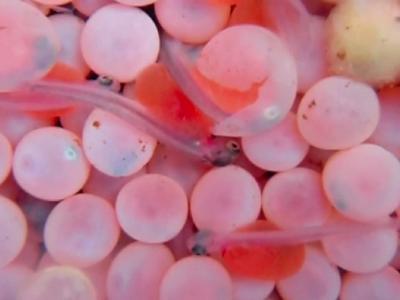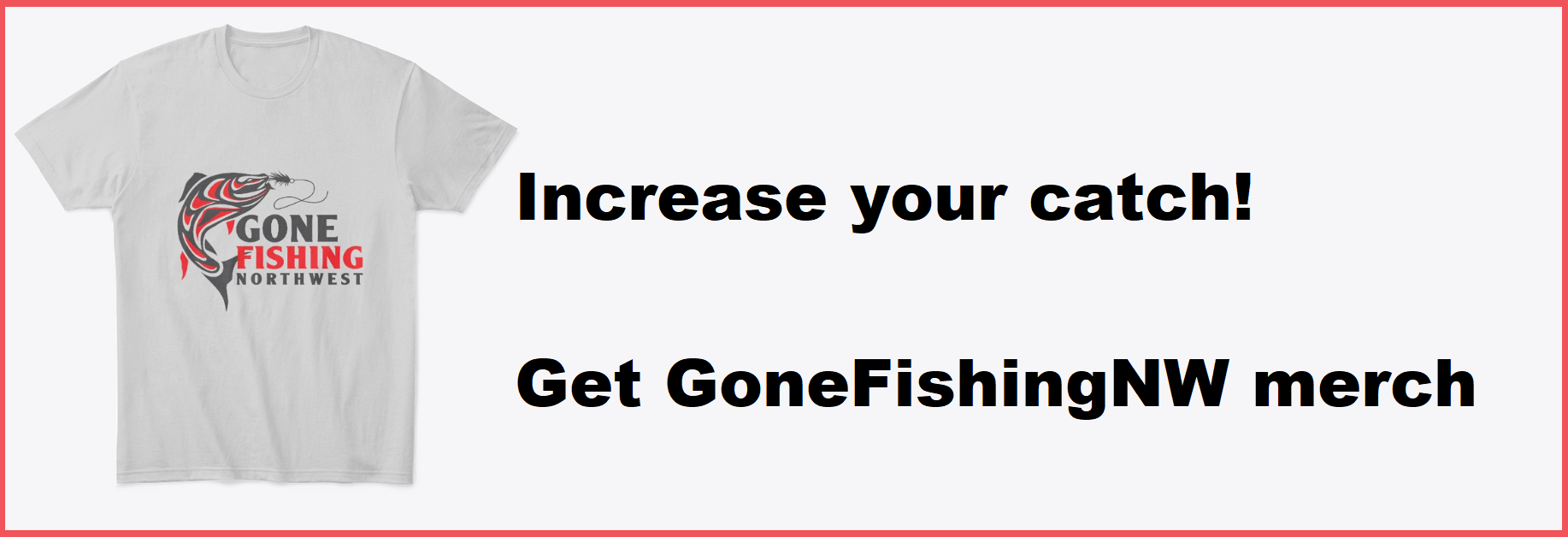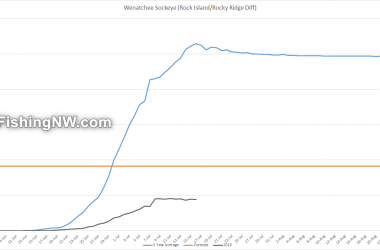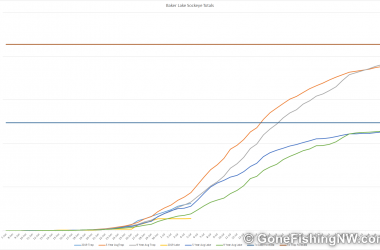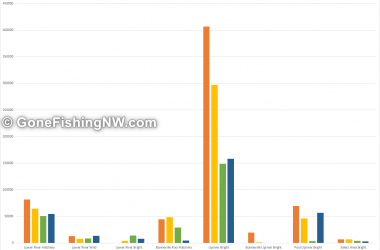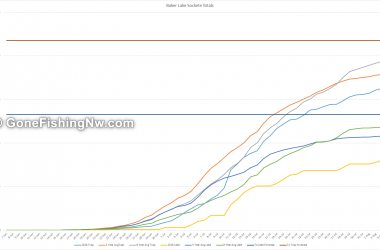Traditional hatchery spawning techniques mix combine the eggs and sperm from essentially random fish together. This leads the way to inbreeding and homogeneity in the produced salmon stock – which some believe is responsible for hatchery salmon being less able to cope with the rigors of wild life – leading to a lower survival rate.
Scientists believe that DNA testing may be key to creating more diversity in hatchery salmon stocks – resulting in better results. This promises to be closer to how diversity is maintained in wild stocks.
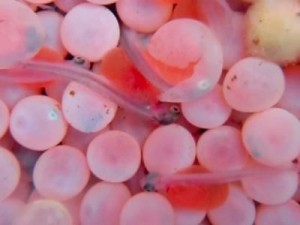
At the Iron Gate Hatchery on the Klamath river they are using this technique. When new fish arrive at the hatchery, they are isolated and tagged. A fin sample is taken and sent to a lab for testing.
Because those salmon’s biological clocks are ticking, the lab does a rush order in analyzing the DNA of that sample and comparing it to samples from other fish. A list of possible matches are determined and ranked, and the result rushed back to the hatchery.
The hatchery then combines the eggs and sperm from the 2 lucky – and unrelated – salmon. Several months down the road a more hardy strain of salmon smolt are then released to begin their journey back to the ocean.
More information about this process and it’s back story can be found at the NY Times.
While it would be ideal to have purely wild stocks of salmon and steelhead, I believe the reality is with pollution, habit loss, harvest, and climate change that hatchery programs are a necessity to maintaining our populations of salmon and steelhead. I’m very excited to see this evidence of using the power of science to help improve hatchery operations.

